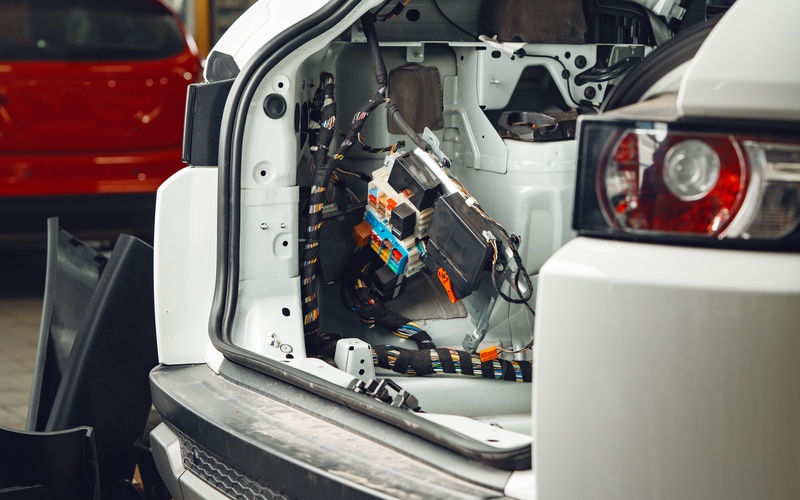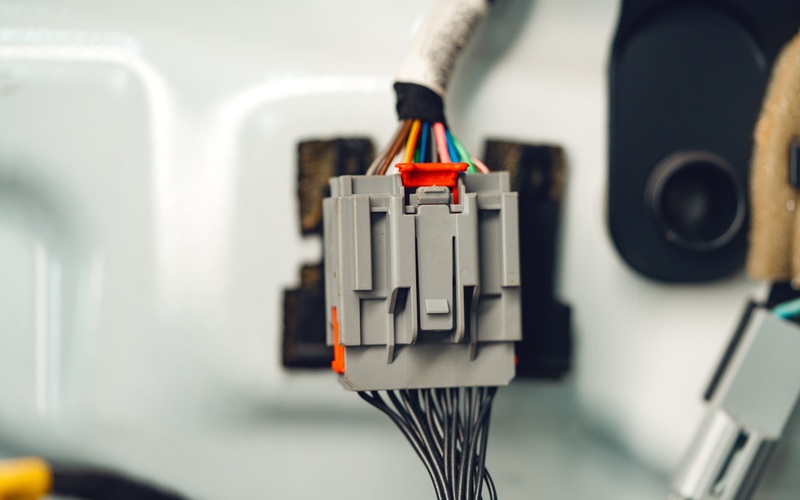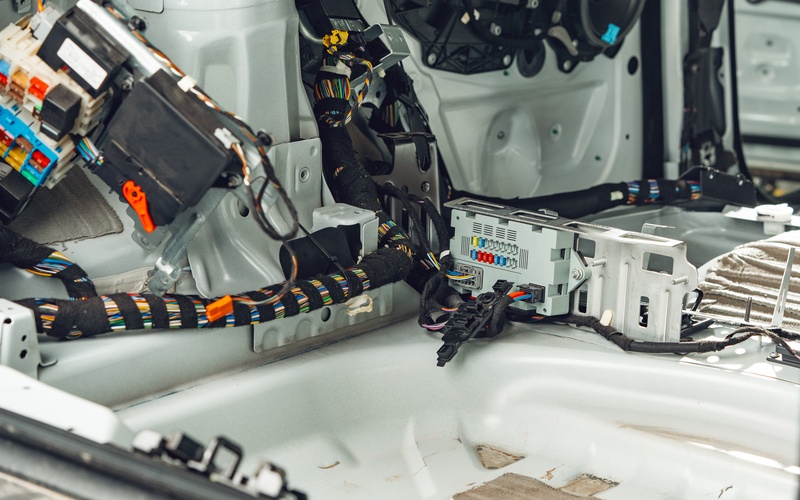Tips To Reduce Failure-Inducing Wear in Automotive Wiring

Wiring is the backbone of any vehicle's electrical system, ensuring that everything from headlights to airbag sensors operates seamlessly. However, failure-inducing wear in automotive wiring leads to critical system malfunctions, costly repairs, and safety risks. This guide outlines the proven techniques to maintain wiring integrity, reduce wear, and increase the longevity of automotive electrical systems.
After reading this guide, you'll know how to tackle the common causes of wiring wear and implement practical strategies like using quality components to keep your vehicle in top shape.
Understanding the Causes of Wear in Automotive Wiring
Several factors contribute to wear and failure in automotive wiring. First, vibrations from the engine and road can cause wires to rub against each other or other components, leading to insulation damage. Exposure to extreme temperatures and moisture can degrade the insulation material, causing cracks and exposing the internal wires to external elements. Additionally, improper routing or bundling of wires can increase stress, leading to broken connections and increased wear.
Failing to address these issues in a timely manner causes electrical malfunctions and safety hazards. Identifying the root causes is the first step toward implementing effective solutions.
Use High-Quality Components
Choosing high-quality components is essential for building a durable and reliable wiring system. Low-quality materials may save money upfront but degrade faster, resulting in higher replacement costs and additional wear on connected systems. For example, industry-grade 7-pin connectors are designed to manage multiple wiring connections efficiently and withstand harsh conditions without compromising performance.
When sourcing components, look for recognized suppliers with a proven track record. Always verify compatibility with your vehicle's specific requirements to maintain optimal performance and extend the system’s lifespan.
Proper Climate Protection for Electrical Systems
Wires are frequently exposed to harsh environmental conditions such as moisture, heat, and dust, contributing to rapid degradation. Combat these threats by using heat-resistant and waterproof insulation materials. Modern vehicles employ protective shielding to reduce the effects of heat and radiative interference from the engine.
Add an extra layer of protection by placing wiring harnesses in climate-resistant conduits. These specialized conduits offer a durable barrier against environmental elements and reduce wear caused by vibrations or abrasive contact. This preventive approach can significantly reduce failure-inducing wear in automotive wiring and prevent costly electrical failures.
Implement Effective Routing Techniques
Improper routing often leads to wiring damage. Avoid sharp bends and excessively tight bundles that create unnecessary stress on the wires. Instead, create smooth curves and adequately spaced bundles to allow natural movement without pressure. It’s also essential to always avoid routing wires near high-temperature components or moving parts, such as exhaust manifolds or fans.
Clearly label wires and organize them systematically to reduce the chance of accidental damage during repairs or inspections. Well-organized routing makes diagnostic work faster and reduces the risk of technician errors during inspections or repairs.
Adopt Vibration Dampening Techniques
Vibrations are one of the leading causes of wear and tear in automotive wiring systems. These vibrations cause wires to rub against each other or surrounding components, wearing down the insulation and exposing the conductive material.
Use vibration-resistant clips and insulating mounts to hold wiring securely in place. Balance security with flexibility by providing enough slack to accommodate normal vehicle movement. Place protective grommets at points where wires pass through metal surfaces to eliminate friction points that would otherwise cut through insulation over time.
Regular Inspections and Maintenance
Preventive maintenance plays a critical role in minimizing wiring failures. Schedule regular inspections to identify and address issues before they escalate. During these inspections, look for frayed insulation, loose connections, and signs of corrosion. Use advanced testing tools, such as multimeters, to identify potential failure points before they cause breakdowns.
During routine maintenance, clean connectors and terminals to prevent debris buildup. Apply dielectric grease to reduce corrosion risks and enhance electrical conductivity. Maintaining a consistent focus on inspections will significantly reduce the likelihood of failure-inducing wear.
Monitor and Replace Aging Components
Even the most durable components have a finite lifespan. Over time, insulation materials may lose elasticity, and connectors might no longer create secure connections. Periodically review wiring systems to identify aging or outdated components.
When replacing wiring or connectors, choose components that meet the latest industry standards to ensure improved durability and performance. Modern connectors are built to last longer and offer better compatibility with updated automotive systems.
Invest in Heat Shrink Tubing and Protective Sleeves
Heat-shrinking tubing and protective sleeves are invaluable tools for reinforcing vulnerable wiring points. Use heat-shrink tubing to cover exposed connections, creating a durable, watertight seal. On the other hand, protective sleeves shield wires from abrasion and temperature extremes.
These simple yet effective tools extend the lifespan of your wiring system and reduce the likelihood of insulation wear. Focus on applying these solutions to wiring near engine components, suspension parts, and other high-risk areas to add significant protection and prevent unexpected failures.
Train Technicians and Set Standards
Properly trained technicians form the backbone of reliable electrical system maintenance. Provide comprehension training in correct wiring installation and maintenance procedures. They should be familiar with recent advancements in wiring technology, such as smart connectors and high-performance cables.
Establishing clear standards for wiring installation processes promotes consistency and minimizes human error. Such efforts ensure that the wiring system is built and maintained to operate at peak reliability.
Stay Ahead With Predictive Technology
Modern automotive systems increasingly incorporate predictive tools to identify potential failure points before breakdowns occur. Predictive diagnostics use sensors and algorithms to monitor the wiring system's health in real time. Data from these systems provides insights into stress points, allowing for proactive maintenance and efficient planning.
Investing in predictive technology helps reduce downtime, prevents costly repairs, and ensures safety.
Build a Reliable Wiring System for the Long Term
Minimizing failure-inducing wear in automotive wiring requires a proactive and strategic approach. Combining quality components with proper routing techniques and protective measures builds a foundation for long-term durability. Regular inspections and predictive technology ensure potential issues are identified and addressed early, significantly reducing risks.
Staying updated on the latest tools and techniques is critical for professionals tackling automotive wiring challenges. By applying these strategies, you can build a robust wiring system that delivers consistent, long-lasting performance.



You must login to post comments.